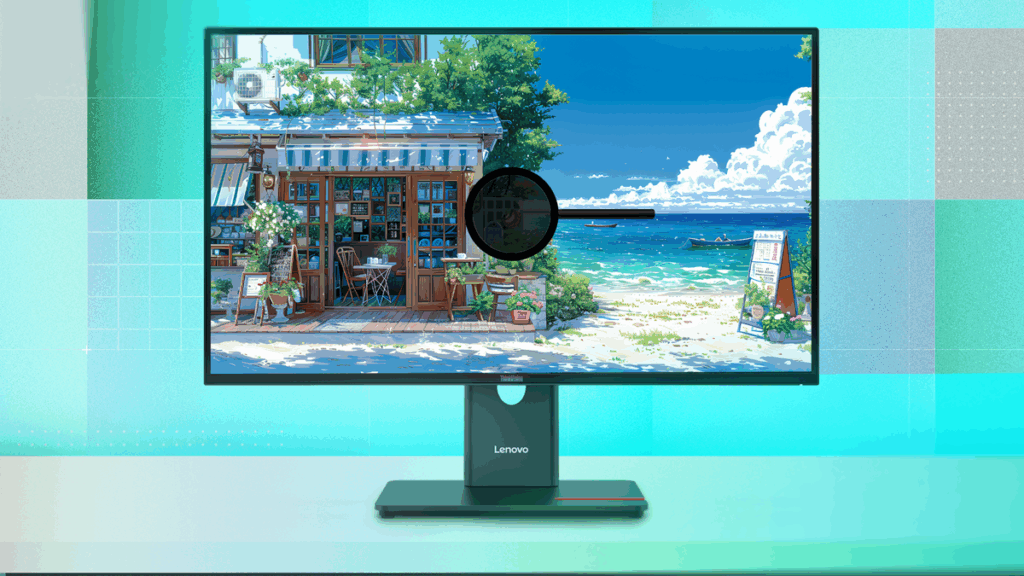
Lenovo has introduced a groundbreaking solution to the pervasive issue of blue light emissions from screens, unveiling a monitor that reduces blue light to just 1% of the total spectrum. This announcement was made during the IFA trade show in Berlin, marking a significant advancement in display technology.
The new technology, dubbed Lenovo NaturaSynth, is a proof-of-concept monitor that employs specialized hardware to achieve this remarkable reduction. Although not yet available in consumer products, Lenovo is positioning this innovation as a major leap forward compared to existing blue light mitigation methods.
Understanding the Blue Light Challenge
For years, screen users have relied on low-blue-light modes to mitigate the effects of blue light exposure, which is known to disrupt sleep patterns. However, these modes often fall short, allowing a substantial amount of blue light to pass through. Lenovo’s NaturaSynth aims to address this shortcoming by drastically cutting emissions.
Currently, one of the most stringent standards in the industry is set by Eyesafe, which certifies displays based on their blue light filtering capabilities. The strictest Eyesafe requirements for LCDs permit up to 20% blue light emission at the 435nm-to-440nm wavelength. In stark contrast, NaturaSynth limits this to just 1%, according to Lenovo.
The Science Behind NaturaSynth
George Toh, Vice President and General Manager for Lenovo’s Visuals Business, emphasized that this technological feat does not compromise image quality. “The colors look the same as a regular monitor,” Toh stated, highlighting that the monitor appears almost blank when viewed through a blue filter.
Lenovo achieves this reduction through the use of circular polarization, a technique commonly employed in 3D screens. Unlike horizontal polarization, which is often used to reduce glare, circular polarization rotates light waves, allowing for enhanced control over light emissions without sacrificing image clarity.
Expert Insights on Blue Light
While Lenovo’s innovation is impressive, the broader implications of blue light on health remain a topic of debate. The American Academy of Ophthalmology (AAO) points out that blue light is not inherently harmful and is, in fact, a natural component of sunlight, the primary source of blue light exposure.
Nevertheless, studies have shown that blue light exposure, particularly at night, can interfere with circadian rhythms, making it difficult to fall asleep. Lenovo’s NaturaSynth is designed to address these disruptions, offering a potential solution for those who struggle with sleep due to screen exposure.
Looking Ahead: The Future of Display Technology
The introduction of NaturaSynth represents a significant step forward in the evolution of display technology. As Lenovo continues to refine this concept, the potential for widespread adoption in consumer products could redefine industry standards for screen safety and user comfort.
While the technology is still in its early stages, the promise of reducing blue light emissions without compromising image quality offers a glimpse into the future of healthier screen time. As research continues to explore the effects of blue light, innovations like NaturaSynth could play a crucial role in shaping how we interact with digital devices.
As Lenovo’s breakthrough garners attention, the industry will be watching closely to see how this technology develops and the potential impact it may have on both consumer electronics and public health.







